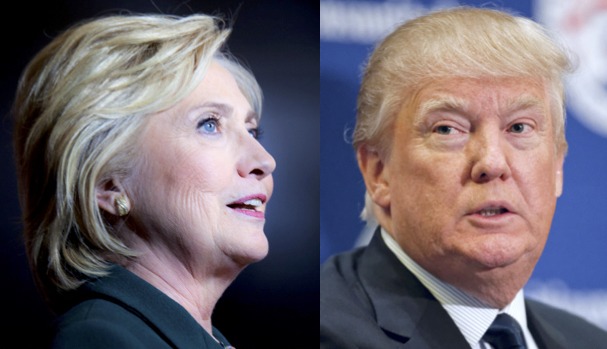Fact check: is the Supreme Court holding a hearing about nullifying the 2016 election result?

A petition to nullify the results of 2016 election, based on Russia’s undue influence in favor of Donald Trump and against Hillary Clinton, was filed last month with Supreme Court. Last week, many of the supporters of the petition began claiming that it was being “distributed for conference” with the Supreme Court justices, and that they’re planning to consider the petition on March 17th. But is this even a real thing?
I’ve spoken on background about this petition with attorneys and legal experts, including one attorney who has specific experience with Supreme Court petitions. The consensus on this matter is unanimous. I’m not an attorney myself, so I’ll share in layman’s terms what they’ve collectively told me about it:
1) There is nothing under the law or the Constitution which would allow an election result to be nullified under any circumstances, so the petition is asking the Supreme Court to do something that it has no power to do.
2) The petition is just shy of legal gibberish. It’s asking the Supreme Court to issue a “Writ of Mandamus” nullifying the election result. But a Writ of Mandamus must be issued to a specific individual, mandating that the person take a specific action. There is no specific person whom the court could order to hold a new election. So asking the court to issue a Writ of Mandamus was the wrong legal strategy. What would have been the correct legal strategy? Consensus is that there is no correct strategy, because there’s no such thing as election result being voided.
3) The petition was in fact marked “Distributed for Conference of March 17th, 2017” by the Supreme Court. You can find this right on the court’s official website. However, this term does not mean what the supporters of the petition wish it meant. Instead it essentially means the opposite. Legal consensus is that if the petition were being distributed to the justices, or if any other meaningful action were being taken, it would say so on the Supreme Court website. The lack of any posted details beyond the words “Distributed for Conference of March 17th, 2017” means, in effect, that it’s been scheduled to automatically be declined on March 17th. So the petition is already dead, and its supporters are mistakenly celebrating its defeat.
4) Supporters of the petition have been pointing to a 1994 case in Pennsylvania as precedent. In that instance, a federal judge did rule that the winning candidate, who was part of an illegally conspiracy involving forged ballots, be replaced in office by the opposing candidate. But consensus among the legal experts I’ve spoken with is that there was no constitutional basis for the judge’s ruling in that case; the judge essentially violated the Constitution to play frontier justice, and if it had been taken to the Supreme Court it would have been overturned.
So the facts of the matter are the following: a petition was indeed put before the Supreme Court to nullify the results of the 2016 presidential election between Donald Trump and Hillary Clinton. But that petition was legal gibberish, and the court has already scuttled it. The whole thing is already over. There is no legal or Constitutional basis for overturning an election result.
Even if Trump were found guilty of conspiring with Russia to rig the election, he would face impeachment hearings in the House, and if necessary an impeachment trial and punishment in the Senate. Even if Trump were removed by the Senate, Mike Pence would take his place in the order of succession. The judicial branch would not be involved.
